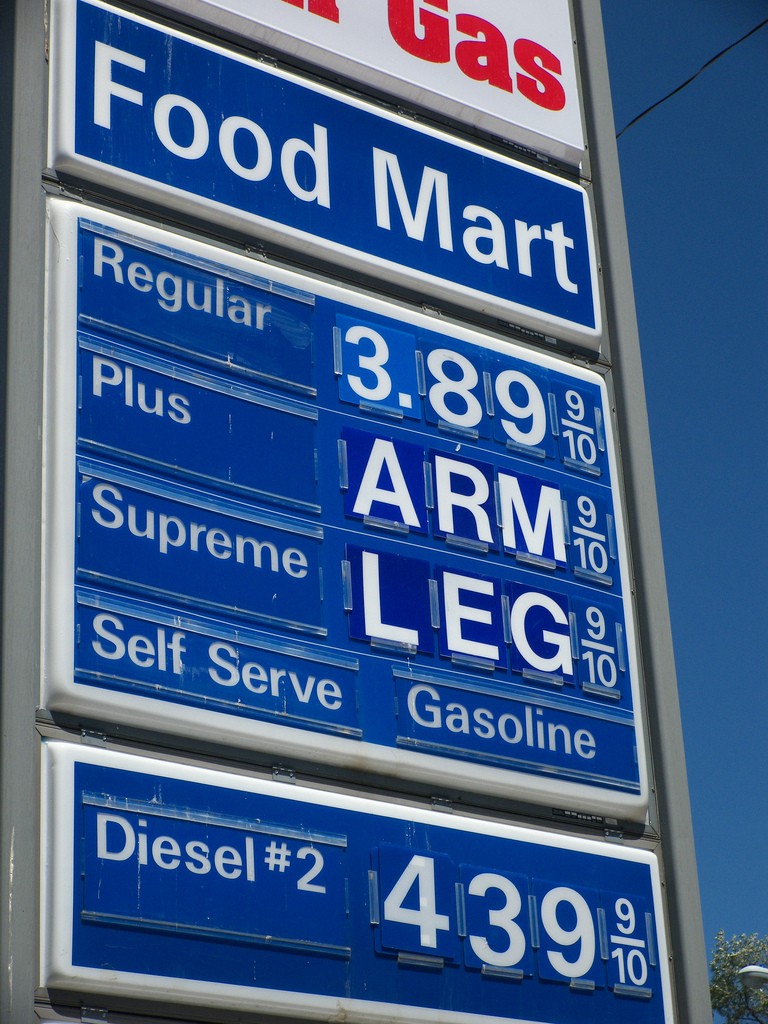Thanks to a steady economy and low inflation, many drivers may have shrugged off the cost of fueling up over the Memorial Day weekend.
The price of a gallon of regular gasoline reached nearly $3 on average on May 29, the highest on record since 2014, according to the Automobile Association of America (AAA). And by the summer, the U.S. Energy Information Administration (EIA) is forecasting a jump of 49 cents for a gallon of regular gasoline.
But prices may not tamp down in September. Business reporters can help their readers plan for the short-and long-term impact of gas prices by answering one or more of these questions:
What’s causing the price increase?
In a word, politics. Domestic oil production continues to grow, but global stockpiles, which were reduced in 2016 when Saudi Arabia and other oil-producing countries struck a deal with Russia, are putting upward pressure on prices. The price of a barrel of Brent crude, the benchmark for purchases of oil worldwide, which cost $30 in 2016, commanded $75.04 on May 29.
Politics is only part of this important story: American drivers burn up roughly 400 million gallons of gasoline a day. Calculate the impact of the increase in the cost of a gallon of regular gas in your state over the last year, which directly relates to how much more—or less—money consumers have in their pockets to spend.
What’s happening in your state?
Report on this angle through a series of charts. This chart from GasBuddy.com, a Boston-based business with a database of over 140,000 gas convenience stores nationwide, shows the rising cost of gasoline over the past three years.
Find out where does your state stands on gasoline prices. Is your state among the top 10 most expensive markets in the country or one with the largest monthly increase? To develop this story, contact gas expert Jeanette Casselano at the Automobile Association of America (AAA). At GasBuddy, talk to senior petroleum analysts Patrick DeHaan or Dan McTeague.
How can drivers save on gasoline?
The cost of a gallon of regular gasoline has zoomed up to as much as 20% in the last year. That takes a big bite out of budgets, especially if your readers drive older, less fuel-efficient vehicles, which means they’ll spend a bigger percentage of income on fuel.
Develop a “tip list” for your readers. The U.S. Department of Energy calculates that driving five miles over 50 mph costs drivers 18 cents more for every gallon of gas. Instead of choosing a gasoline retailer by price, drivers should choose a “Top Tier” gasoline with better additives to improve performance to keep vehicles running efficiently, says AAA.











